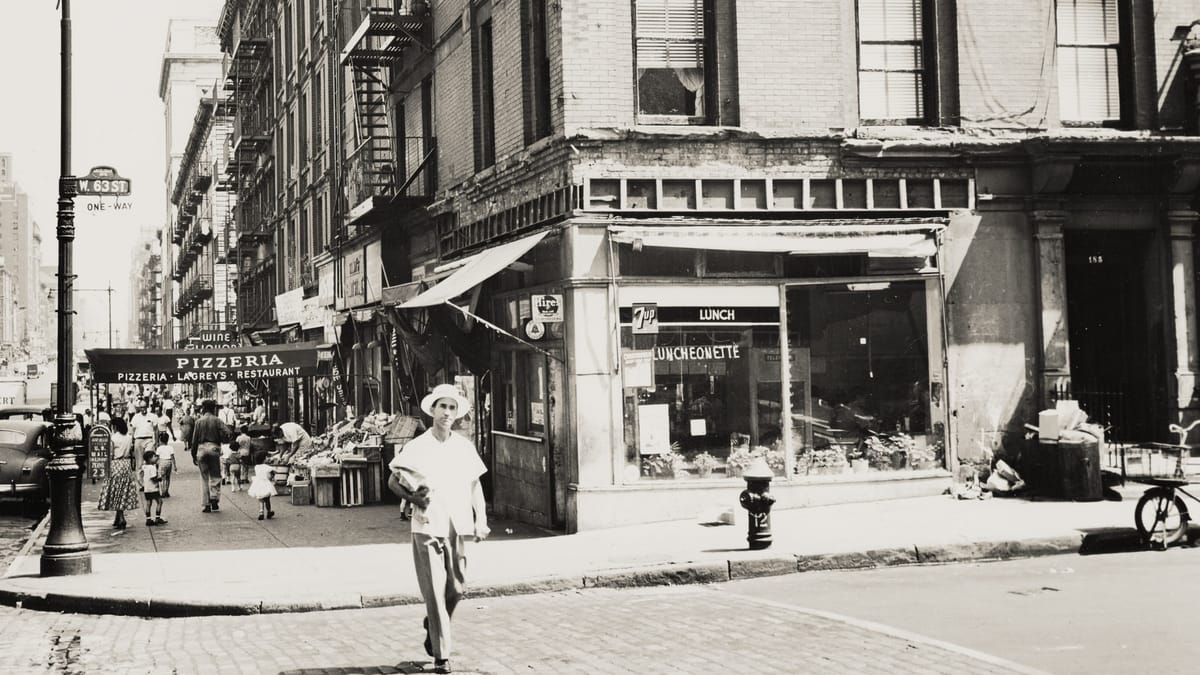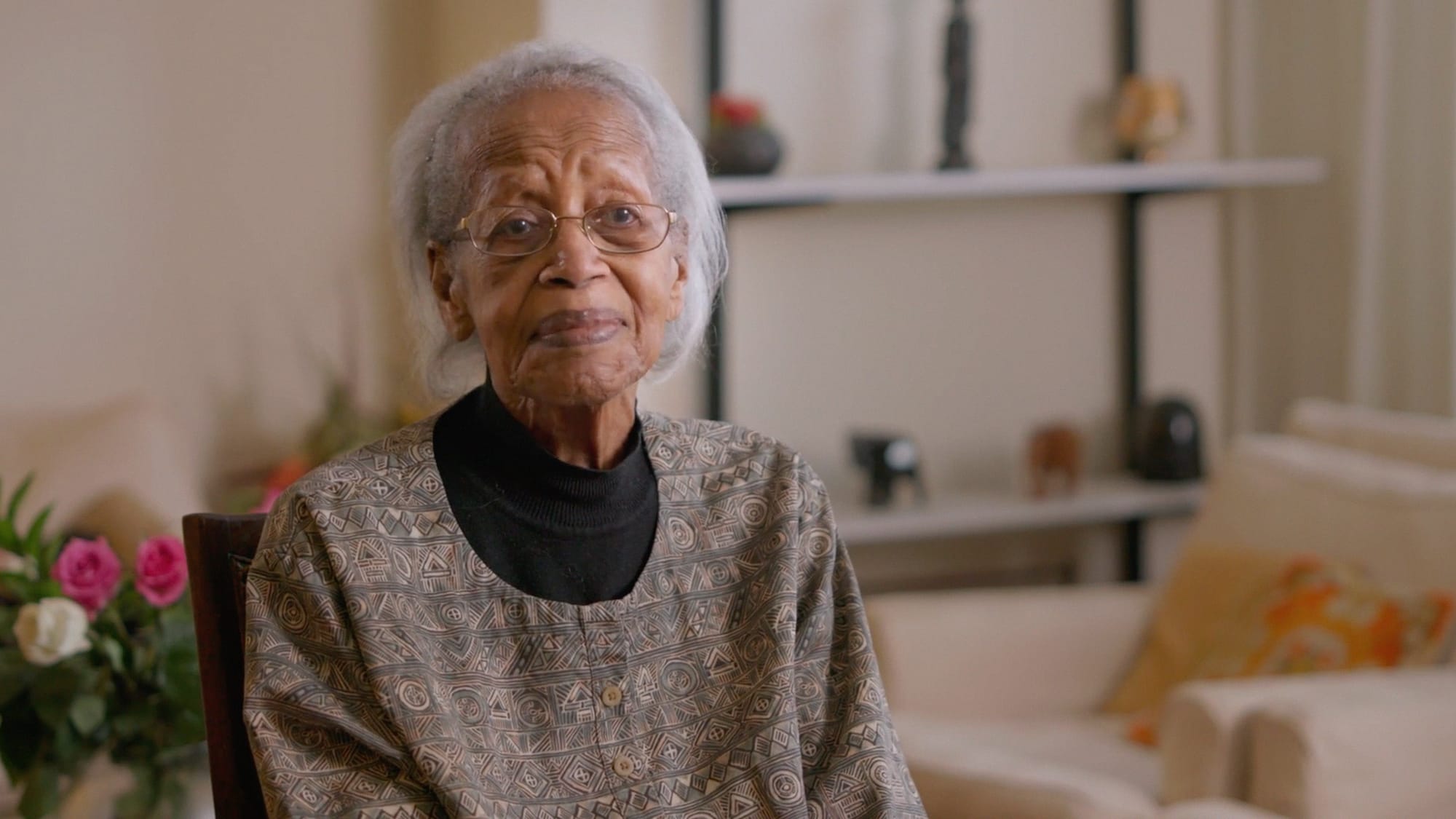Film Decries the Dystopian Artwashing of Lincoln Center
Director Stanley Nelson traces a linear narrative from San Juan Hill’s origins to its demolition to make way for Lincoln Center, displacing thousands.

Stanley Nelson’s documentary San Juan Hill: Manhattan’s Lost Neighborhood (2024) makes asking for Lincoln Center to be demolished and its lot converted into affordable housing feel reasonable. Doing so would turn Lincoln Square back into what it used to be: a home for people. Nelson’s film traces a linear narrative from San Juan Hill’s origins to its eventual demolition, demonstrating that Lincoln Center displaced thousands of working-class families, irreversibly damaging any sense of a community in the district.
Before it was redlined in the 1940s and subject to “urban renewal” in the decades to follow, San Juan Hill was a working-class neighborhood made up of predominantly Black and Brown residents. Many factors led to its diversity, from the mass migration of White Europeans to lower Manhattan at the turn of the century, which pushed Black residents northward, to Operation Bootstrap in the 1940s, which incentivized Puerto Ricans to search for opportunity in New York. In the mid-20th century, the neighborhood was a vivacious center for nightlife, with a number of clubs, theaters, and entertainment venues. But as Robert Moses maneuvered his way to becoming chairman of the Committee on Slum Clearance in New York with the Housing Act of 1949, declaring San Juan Hill “the worst slum in New York,” all that would change. Under the planning and leadership of Moses, John D. Rockefeller III, and various art institutions, what is now Lincoln Center for the Performing Arts officially broke ground on May 14, 1959.

In the film, former San Juan Hill residents speak about their time living in the Phipps and Amsterdam Houses, recounting the lively community they called home — one, for instance, remembers how quirky Thelonious Monk was. You can hear the pain in their voices as they recall the moment of their eviction notice, the nominal relocation funds they received from the city being little consolation. Residents recall fighting against Lincoln Center’s construction by protesting, gathering signatures on petitions, and even driving around a truck that announced when the next rally would be. Though interviewees acknowledge that there were issues in the neighborhood, they highlight the sentiment that the neighborhood represented a distinct quality of lower middle class-ness seldom seen in central Manhattan. Nelson expertly locates the emotional pulse of these stories to weave a narrative that would move anyone.

However, I felt genuine whiplash when I learned that Lincoln Center commissioned Nelson to make this film. The very institution that displaced the residents of San Juan Hill foregrounding those same residents in a documentary as part of its film festival programming — as if acknowledging this destructive history were itself a way to make amends — feels like a particularly dystopian form of artwashing. In this context, San Juan Hill reads more like an extravagant press release for corporate redevelopment than anything else. By drawing on the art and culture of San Juan Hill for its own artistic aims (there is an extensive scene about the Lincoln Arcade as well as discussion of the legacy of musicians such as James P. Johnson) the film makes a propagandistic suggestion that Lincoln Center is the natural evolution of San Juan Hill, rather than the artificial result of Moses’s political maneuvering and classist nation-building ambition.
The last remnants of San Juan Hill are buildings directly to the west of Lincoln Center. A marble wall separates the two, and the entrance to Lincoln Center is on the other side, as if its back is turned. Nelson’s film ends on a note that Lincoln Center is “working with a design team to break down barriers,” both literal and cultural. But it will take a lot more than these hollow gestures to correct so much wrong.
San Juan Hill: Manhattan's Lost Neighborhood (2024), directed by Stanley Nelson, screens at Lincoln Center (1941 Broadway, Upper West Side, Manhattan) on October 9.





